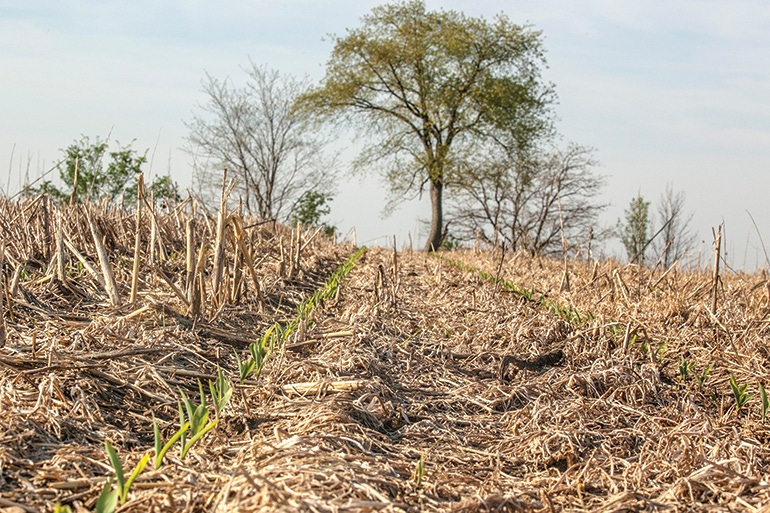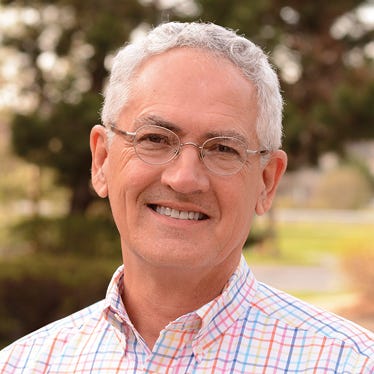
Notice was recently posted that the Milan No-Till Field Day, in Milan, Tenn., is going virtual this year. It was about the same time I discovered that the drainage on the west end of our property was blocked, thus sending huge flows of water through bare ground in an area where the soil is highly erodible.
I now have a pretty deep cut in the middle of a construction project that started the end of last summer. I had no idea when we began the project that it would be a great demonstration of what not to do in a region that averages 54 inches of rain per year. We are well on our way to an even wetter year if this season's rain continues and I have a new waterway in my backyard.
I first learned of the Milan field day in the mid-1990s when I visited the AgResearch and Education Center at Milan. It was of great interest to me as we farmed at the time in the flood plain of the Santa Cruz River. Erosion was a huge problem when the water left its channel and pushed through our farm.
Even when the river ran its normal course, what the water did within the confines of the channel was amazing and powerful. I'm fascinated by water flow and take every opportunity to check out the effects of flow whenever I can — I even spent a season running a program for the National Parks Service in Utah's canyon country so I could see the big impact of water on the landscape.
So, my initial interest was what gets washed away, but I was also concerned about what one can do so soil doesn't get carried off. On our farm we spent a lot of money on adjusting flow with laser levels to benefit the crop and control runoff.
The Milan AgResearch center was right up my alley. And, things have changed a great deal in the Mid-South since my first visit to the center. Cover crops are now part of the regular process of farming throughout the area. Researchers and producers have demonstrated that no-till can help increase production, improve soil health, control weeds and, of course, decrease the loss of soil during runoff.
This year, despite the fact that the field day will be a virtual event, center director Blake Brown assures us on the website that, "… our goal remains the same as the first No-Till Field Day — to provide farmers with in-depth information that will help them maximize productivity and exercise stewardship."
Go online to check out what the virtual field day will entail at https://milan.tennessee.edu/MNTFD/.
In the meantime, I'll be confined to my property encouraging cover to grow on my highly erodible soil. And, does anyone have access to a swamp buggy with an attached grading blade?
About the Author(s)
You May Also Like






